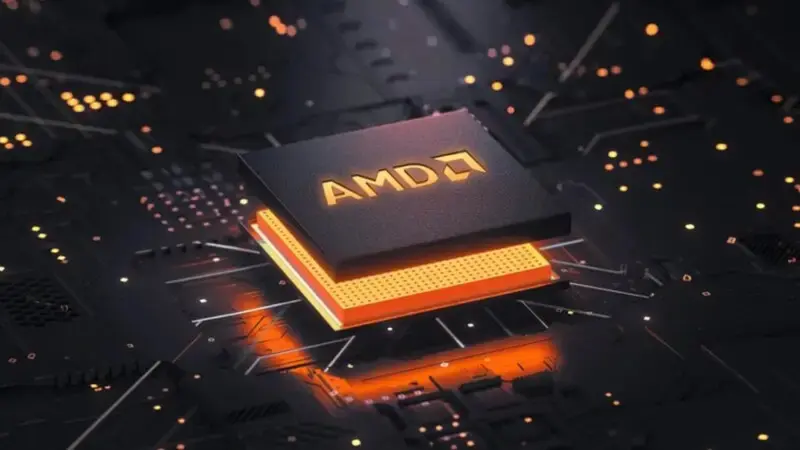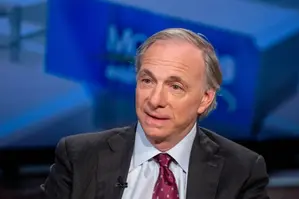Shares in Advanced Micro Devices (AMD) are up over 8% on Wednesday after the company gave better-than-expected guidance for the coming years. The Santa Clara-based tech giant says it expects to see its data center revenue increase 60% over the next three to five years. This is up from $16 billion in 2025. As one of the biggest rivals to Nvidia (NVDA) in the AI space, AMD has done well to close the gap on Nvidia’s dominant market share this year, and expects to continue that pattern for the remainder of the decade.
AMD CEO Lisa Su said the company sees the total addressable market for AI data centers increasing to $1 trillion over the next five years during AMD’s Financial Analyst Day in New York on Tuesday. That number includes everything from GPUs and CPUs to networking equipment. Additionally, AMD CFO Jean Hu projects the company’s overall revenue will jump 35% over the next five years from $34 billion in 2025. AMD’s biggest revenue stream is in its AI data center business, a stream that has exploded in growth this year.
Furthermore, a splurge of big AI deals has helped spur big stock gains this year for chipmakers like AMD. However, brewing concerns about a bubble in the space and rising expectations have caused some concern. With that, AMD stock is up 139% YTD, outperforming Nvidia and even some Magnificent-7 stock groupings in the US market.
Also Read: US Markets: Americans Haven’t Feared Job Loss This Much Since 1980
Beyond its GPUs, AMD says its data center CPUs are also expected to drive significant growth going forward to capture as much as 50% of the server revenue market share, up from 40% today. Also, the company anticipates more than 10% revenue growth in its client market, which includes things like gaming and PC chip sales, over the next five years.
Analysts show a mixed but generally optimistic outlook for AMD, with varying price targets indicating different levels of confidence in its future performance. Price targets range from $200 to $325, with Stifel and Benchmark leading with higher targets, suggesting confidence in AMD’s potential.






